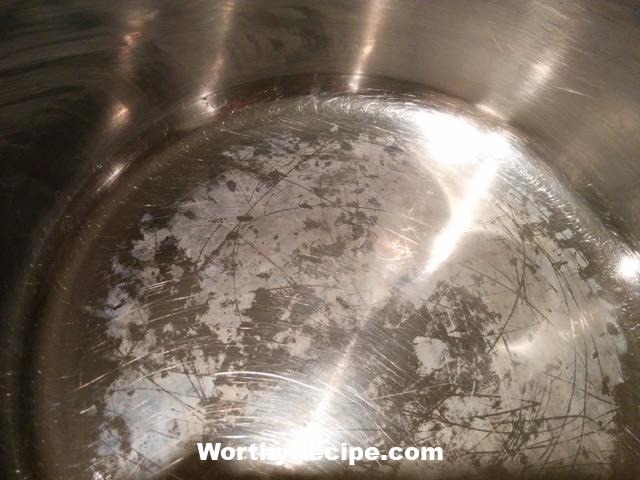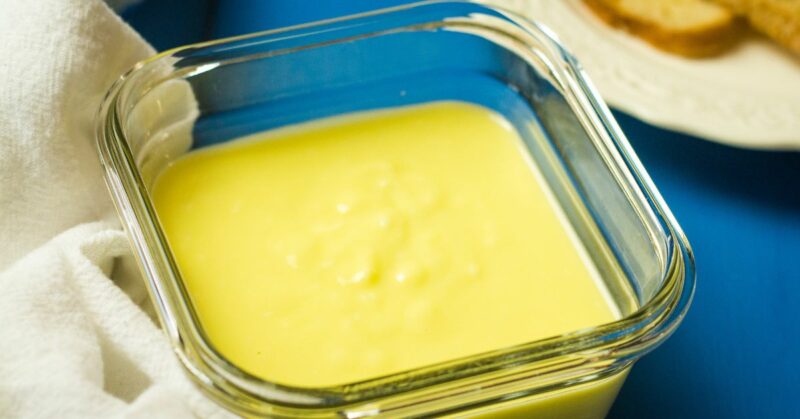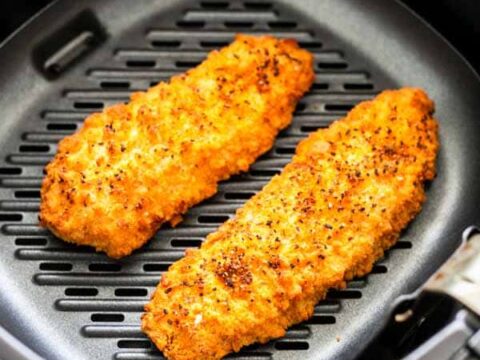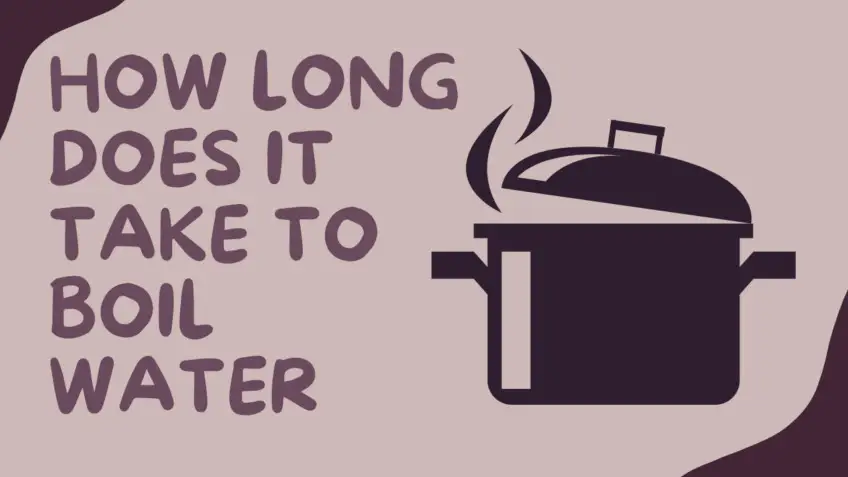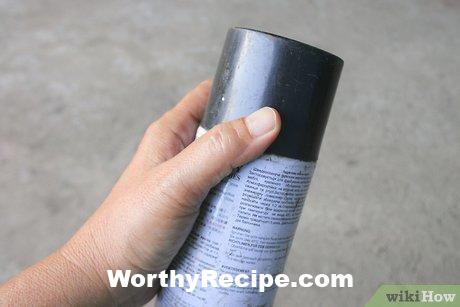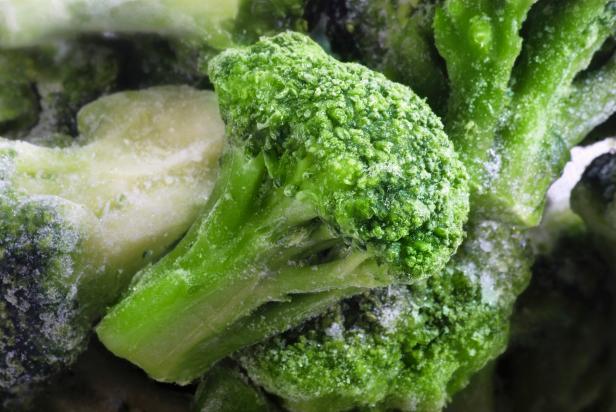What Is The White Residue Left Behind After Boiling Water?
Boiling water is something most of us do every day, whether it’s to make tea, coffee, or cook pasta. But have you ever noticed a white residue left behind after boiling water? This substance is commonly referred to as limescale, and it’s caused by minerals in the water that become visible once the liquid evaporates.
Understanding what limescale is and how to prevent it can help improve the taste and texture of food and increase appliance efficiency. In this article, we’ll delve deeper into the science behind limescale and provide tips for preventing and removing it.
What Causes The White Residue After Boiling Water?
Before we can understand what causes limescale, let’s first take a brief look at the science behind boiling water. When you heat water, the temperature rises until it reaches its boiling point, which is typically around 212 degrees Fahrenheit (100 degrees Celsius). At this point, water turns into steam and starts to evaporate.
Limescale is formed when hard water is exposed to high temperatures during boiling. Hard water contains high levels of dissolved minerals like calcium and magnesium, which are picked up from rocks and soil as water flows through them. These mineral deposits are harmless to humans but can wreak havoc on our appliances.
Hard water vs. Soft water: The mineral content in water plays a crucial role in determining whether it’s classified as hard or soft water. Soft water has low amounts of dissolved minerals, while hard water has relatively high amounts of minerals such as calcium, magnesium, and iron.
Soft Water: Soft water typically contains less than 17mg/l of dissolved salts. It usually feels “slippery” or “soft” when you touch it due to its low mineral content.
Hard Water: Hard water has excessive mineral content which causes limescale build-up on appliances.
Effects of hard water on boiling:
When hard water is boiled, the minerals in it get concentrated as a result of evaporation, which leads to the formation of limescale in the water. The calcium and magnesium deposits become visible once the liquid evaporates and leave behind a white residue.
Alternative explanation: The chemistry of dissolved gases in boiling water: White residue can also be caused by dissolved gases like oxygen and carbon dioxide, which get released during boiling and react with minerals to form solid deposits.
The Problems Caused By White Residue From Boiling Water
White residue from boiling water can negatively impact food’s taste, texture, and appearance. Additionally, this residue can cause damage to appliances and pose cleaning challenges.
Effects of white residue on taste, texture, and appearance of food:
Limescale buildup can affect the flavor of foods like tea, coffee, pasta, and vegetables that are cooked or soaked in boiled water. This substance can make tea bitterer and coffee unpalatable by depositing on the surface. In pasta cooking process it makes them tougher while vegetables could lose its colors.
Cleaning challenges:
Removal of limescale buildup is a cumbersome process that requires significant effort. It sticks to appliances’ surface hence Scrubbing it can scratch your appliance or even injured you.
Damage to appliances:
Mineral accumulation in kettles, coffee makers, and other appliances causes slower heating times and reduces efficiency. Because scale build-up acts as an insulator that helps keep heat inside your device too. This phenomenon implies that more energy is required for consuming more time resulting in increased utility costs.
How To Prevent The Formation Of White Residue
To prevent limescale formation in your boiling water, you have several options available,
Solutions for hard water issues:
Water softeners: These devices use resin beads to remove excess minerals from the water, replacing them with sodium ions. This process makes the water soft, which reduces limescale buildup.
Reverse osmosis systems: These systems work by forcing water through a membrane that separates minerals from the water.
Distilled or filtered water options: Drinking distilled or filtered water instead of hard water can help reduce mineral buildup.
Techniques for reducing boil time and minimizing mineral exposure:
Quick boil methods, in which heating is done very quickly. The faster you heat your water, the less time it has to pick up minerals. Another method is adding salt to reduce boil time. Salt raises the boiling point of water and hence makes the heat transfer process rapid, minimizing surface area coverage with minerals.
Safely Removing White Residue In Appliances And On Surfaces
If appliances have already accumulated a layer of limescale buildup, then you should clean it to keep them running correctly.
Tips for removing heavy deposits with safe cleaning techniques:
Using white vinegar or lemon juice to dissolve buildup: White vinegar and lemon juice have acid properties. Acids can attack and dissolve solid deposits that have mineral content and non-reactive metals without damaging your appliance surfaces.
Proper cleaning techniques for appliances without damaging them: Adopt a non-scratch scouring pad or specify cleaning cloth rather than steel wool and hard brushes.
Protective measures against future buildup: When focusing on cleaning alone will not prevent future limescale accumulation, it’s necessary to take proactive steps to protect appliances.
Alternative Uses For White Residue From Boiling Water
Though most people do everything possible to prevent lime buildup on appliances, this substance can still serve a purpose as follows:
Benefits to plants from calcium-rich hard water deposits:
Some plant varieties thrive in hard water, such as cacti due to their ability to retain moisture in the soil while others like lettuce and tomatoes don’t. Still, all plants benefit from the calcium and magnesium content that hard water deposits provide, promoting root growth, and overall plant development.
Household uses for dissolved mineral residue after boiling water:
Aside from using them on plants sulfates, carbonates and bicarbonates are essential minerals with numerous household applications. Sulfates can help remove stains in clothing, hard water spots on glass, and more. Carbonates can clean dishes and even act as an antacid, while bicarbonates are used to freshen up refrigerators, removing unpleasant odors.
Summary And Conclusion:
In conclusion, knowing what causes limescale formation and how it impacts appliances are essential in maintaining optimum functioning of your appliances and getting the best from your boiling water. Adequate prevention methods such as installing a water softener and cleaning tips like using white vinegar or lemon juice will save you from expensive repairs or replacement in the future.
Remember to make use of distilled or filtered water when cooking or making beverages. Ingesting too many minerals has negative health effects.
By following these guidelines, you can prolong the lifespan of your appliances and enjoy better-tasting foods and drinks while preventing limescale buildup.
Frequently Asked Questions
Can the white residue left after boiling water cause harm to my health?
There is no evidence to suggest that the white residue left after boiling water is harmful to your health. It is primarily composed of calcium carbonate, which is found naturally in many foods and supplements.
What causes the white residue left after boiling water?
The white residue left after boiling water is caused by minerals such as calcium and magnesium that are dissolved in the water. When the water is heated, these minerals combine with bicarbonate ions to form insoluble solids, which settle on surfaces.
Can I prevent the white residue from forming when I boil water?
Yes, you can prevent the formation of the white residue by using filtered or distilled water. This type of water has had most of its impurities removed, so there are fewer minerals to react with bicarbonate ions during heating.
What can I do to remove the white residue left after boiling water?
The easiest way to remove the white residue is by soaking the affected surface in a solution of vinegar and water for a few hours. The acid in vinegar reacts with the mineral deposits, dissolving them and making them easier to wipe away. Alternatively, you can use a commercial descaler product specifically designed for removing mineral deposits.
